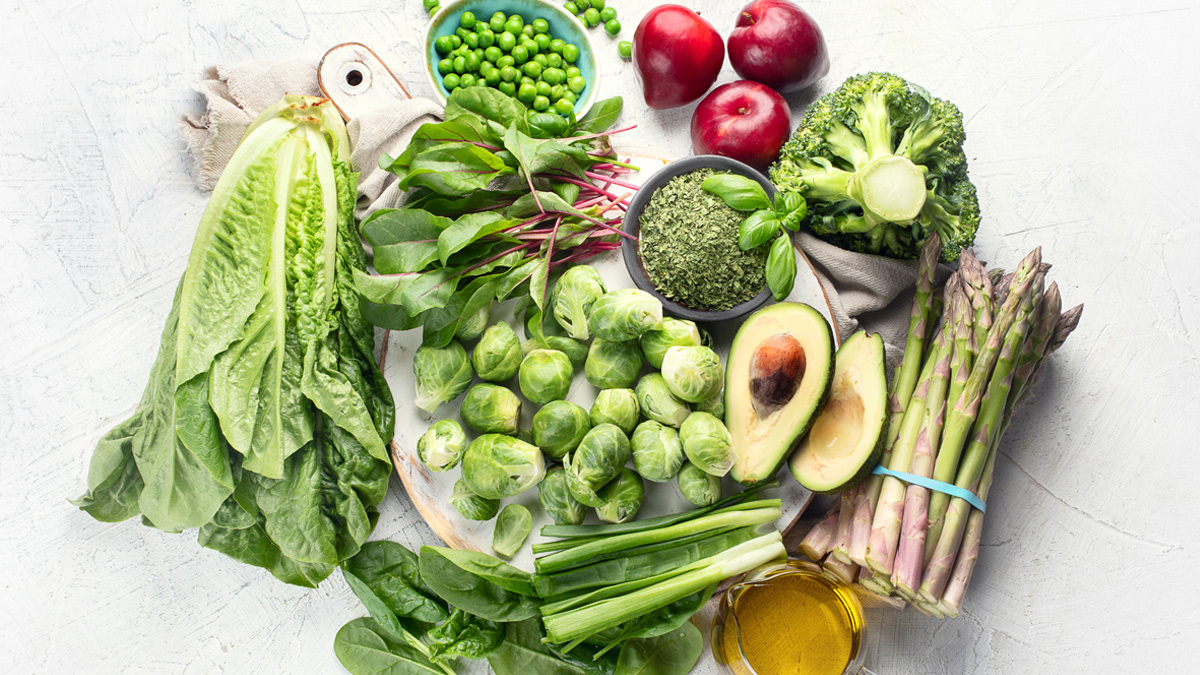Author Recent Posts Marie SalbuvikDietitian and Fitness Expert at cbdspecialtymarket.com”Dietitian and Fitness Expert – Lund University, MSNutrition plays an important role in human life. Eating habits are one of the factors that affect our health.
- Vitamin K is a group of fat-soluble vitamins that play a vital role in blood clotting and bone health. Within this group, there are two main forms: vitamin K1 and vitamin K2. While they have similar names and functions, there are distinct differences between these two forms of vitamin K. In this comprehensive guide, we will explore the disparities between vitamin K1 and vitamin K2, including their sources, functions, benefits, and recommended dietary intakes.
- Vitamin K1, also known as phylloquinone, is primarily derived from plant-based sources. It is abundantly found in leafy green vegetables such as kale, spinach, and broccoli, as well as in certain vegetable oils like soybean and canola oil. When consumed, vitamin K1 is absorbed in the small intestine and transported to the liver, where it is primarily involved in blood clotting. It activates proteins responsible for proper coagulation, preventing excessive bleeding and promoting wound healing. Due to its role in blood clotting, vitamin K1 is often administered to individuals taking anticoagulant medications to ensure appropriate clotting mechanisms.
- On the other hand, vitamin K2, also referred to as menaquinone, is predominantly obtained from animal-based sources and some fermented foods. It is produced by bacteria in the gut and can also be found in meat, dairy products, and fermented foods like natto, a traditional Japanese dish made from fermented soybeans. Vitamin K2, unlike vitamin K1, is not primarily involved in blood clotting but rather has a significant impact on bone health and cardiovascular health. It works by activating proteins that help regulate calcium metabolism, ensuring calcium is deposited in the bones and teeth, while preventing its accumulation in arteries and soft tissues, reducing the risk of arterial calcification.
- One of the key distinctions between vitamin K1 and K2 lies in their absorption and distribution within the body. Vitamin K1 is readily absorbed in the small intestine and transported to the liver, where it is predominantly used for blood clotting functions. In contrast, vitamin K2 has a longer half-life and remains active in the body for a more extended period. It is absorbed in the small intestine but is also transported to peripheral tissues, where it carries out its functions related to bone and cardiovascular health. This difference in distribution explains the varying roles of vitamin K1 and K2 within the body.
- When it comes to the health benefits, both forms of vitamin K offer unique advantages. Vitamin K1’s primary role in blood clotting ensures proper wound healing and reduces the risk of excessive bleeding. It also contributes to maintaining healthy bones by regulating osteocalcin, a protein responsible for bone mineralization. Adequate vitamin K1 intake has been associated with a reduced risk of osteoporosis and fractures, especially in postmenopausal women.
- Vitamin K2, on the other hand, plays a crucial role in bone health by activating another protein called matrix Gla protein (MGP). MGP helps prevent the calcification of arterial walls and soft tissues by inhibiting the deposition of calcium in these areas. By doing so, vitamin K2 may contribute to cardiovascular health and reduce the risk of conditions such as atherosclerosis, heart disease, and stroke. Furthermore, emerging research suggests that vitamin K2 may have a potential role in promoting insulin sensitivity, which could benefit individuals with diabetes or metabolic syndrome.
- The recommended dietary intakes for vitamin K1 and K2 vary slightly. For vitamin K1, the adequate intake (AI) for adult men is 120 micrograms (mcg) per day, while adult women require 90 mcg per day. Pregnant and lactating women have slightly higher requirements. As for vitamin K2, there are no official dietary reference intakes (DRIs) established yet. However, studies suggest that a daily intake of 45-180 mcg of vitamin K2 may be beneficial for optimal bone and cardiovascular health. It’s important to note that these recommendations may vary depending on individual factors such as age, health conditions, and medications.
- Although both forms of vitamin K have distinct roles and benefits, it’s important to remember that they are not mutually exclusive. The body can convert a portion of vitamin K1 into vitamin K2 to support its functions. Additionally, a healthy and balanced diet that includes a variety of foods can help ensure adequate intake of both forms of vitamin K.
- In conclusion, while vitamin K1 and K2 share similar functions in blood clotting and bone health, they differ in their sources, distribution within the body, and specific benefits. Vitamin K1 primarily supports blood clotting mechanisms, while vitamin K2 plays a vital role in bone health and cardiovascular health. By incorporating a wide range of foods rich in both forms of vitamin K into your diet, you can ensure optimal intake and support the diverse functions of these essential vitamins. As always, consult with a healthcare professional or registered dietitian for personalized recommendations based on your specific needs and health status.
Latest posts by Marie Salbuvik (see all)
- ​Vitamin K1 vs K2: What’s the Difference? - July 18, 2023

